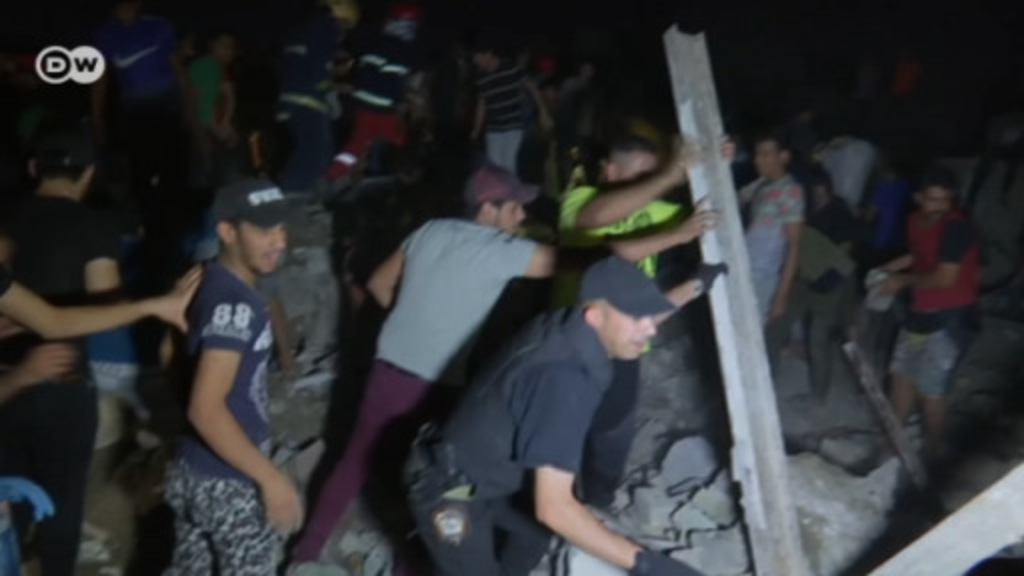News
Scores of migrants drown off Yemen coast
The boat was carrying at least 100 Ethiopian migrants when it capsized off Yemen in rough seas. Thousands make the life-threatening journey every month, according to the UN's migration agency.
At least 46 migrants drowned after their boat capsized off the shore of Yemen on Wednesday, the UN International Organization for Migration (IOM) said.
The dead include 37 men and 9 women, with the 16 missing presumed dead. At least 100 migrants were crammed onto the smuggler's vessel which left the port of Bossau, Somalia on June 5.
Read more: Opinion: The EU is divided by refugee policy
According to the IOM, the boat traveled through the night across the Gulf of Aden and approached the shore at 5 a.m. on June 6. All of the passengers on board were Ethiopian nationals.
Tragedy 'hidden in plain sight'
"Survivors said the passengers who were without lifejackets in the smuggler's boat started panicking as high waves struck close to the shore," IOM's statement read. "As the boat took on water, they were pitched headlong into the rough seas where so many succumbed," it continued.
"The Gulf of Aden's shameful migration tragedy is one that is hidden in plain sight," said Mohammed Abdiker, director of IOM's Department of Operations and Emergencies.
Read more: 'Migration is a phenomenally complex issue'
"Over 7,000 poor migrants take this perilous journey every month; some 100,000 took it just last year. They are treated appallingly and go through horrendous conditions. This has to end," he added.
Earlier this week IOM helped some 101 Ethiopian migrants to leave Yemen through the port of Hudaydah as violent clashes grew closer to the area.
In 2017, IOM helped about 2,900 migrants and refugees to return home from Yemen: 73 percent were Somalis, 25 percent Ethiopians and 2 percent other nationalities. IOM has also helped 298 Ethiopian and 1,064 Somali migrants and refugees return home voluntarily in 2018.
DW recommends
Audios and videos on the topic
- Date 07.06.2018
- Author Louisa Wright
- Related Subjects Yemen, Migration, Data journalism
- Keywords migrant, migration, Yemen, drowning, Somalia
- Feedback: Send us your feedback.
- Print Print this page
- Permalink http://p.dw.com/p/2z3em
- Date 07.06.2018
- Author Louisa Wright
- Related Subjects Yemen, Migration, Data journalism
- Keywords migrant, migration, Yemen, drowning, Somalia
- Send us your feedback.
- Print Print this page
- Permalink http://p.dw.com/p/2z3em



















